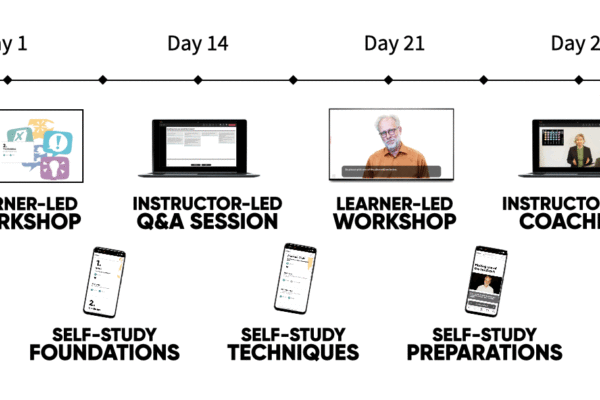The art of pitching

What’s the difference between a great idea and a funded startup? A compelling pitch. When you have just minutes to convince investors to believe in your vision, every word counts.
There are many ways to do this, our take, includes the following five core components:
1. PROBLEM – Start by identifying a relevant problem that your potential investors care about. Make it relatable and important to them.
2. SOLUTION and VALUE – Present your solution and emphasize the benefits it delivers (not just features). Focus on what value it creates for users or customers.
3. BUSINESS – Explain your monetization strategy and go-to-market approach. Show how you’ll actually make money and reach your target market.
4. PROOF – Provide credibility through evidence like your team’s expertise, patents or intellectual property, market position, or early traction. This answers “Why should we believe this will work?”
5. PROPOSAL – Close with a clear ask. Explain what’s in it for the investors or stakeholders you’re pitching to.
The framework follows a logical narrative arc that takes your audience from understanding the problem, through your solution, to seeing the business opportunity, believing in your ability to execute, and finally understanding what you’re asking for and what they’ll gain. It’s designed to address all the key questions an investor or stakeholder would have in a structured, persuasive way.
In the course “Science, Innovation and Entrepreneurship” at Chalmers University of Technology, the students learn “the art of transferring the potential value of an invention into a working business on the basis of recent real examples and of your own project work”.
Our small contribution to the course is a seminar with Erik Mattsson with a focus on pitch training. Thanks for having us, for the 9th time, professors Fredrik Höök and Christoph Langhammer.



